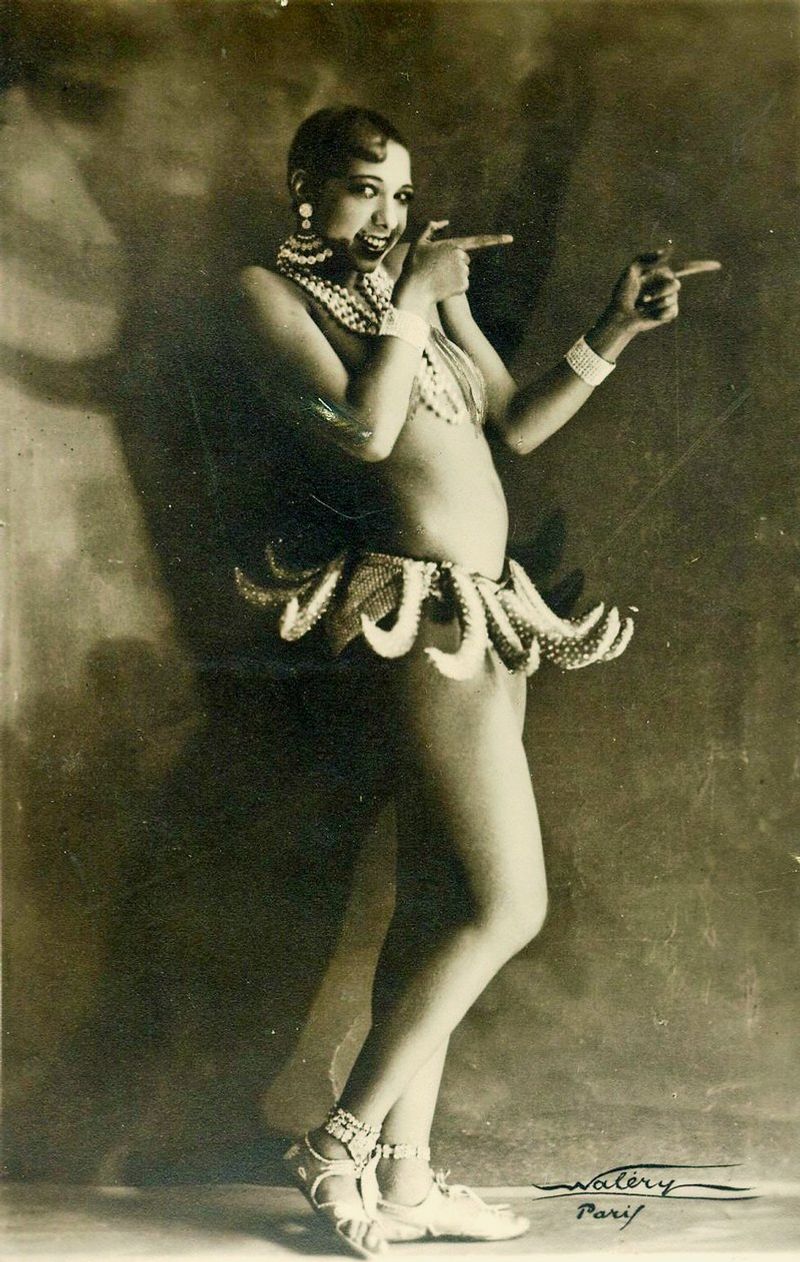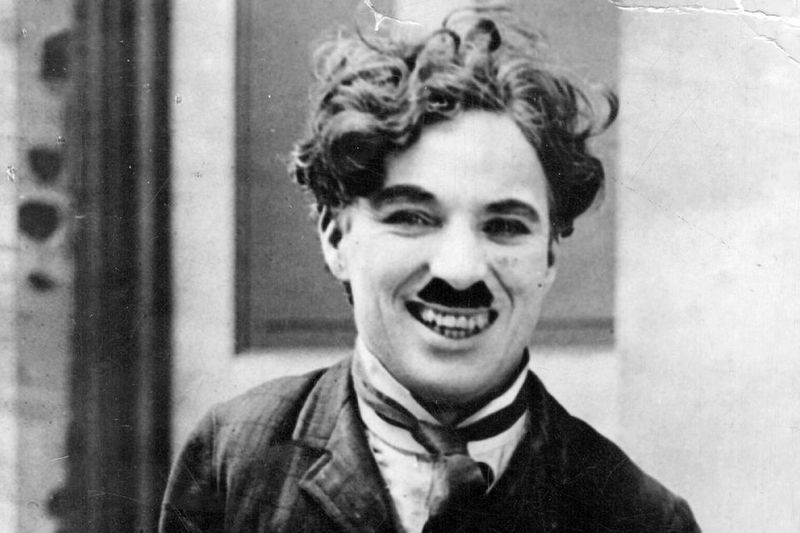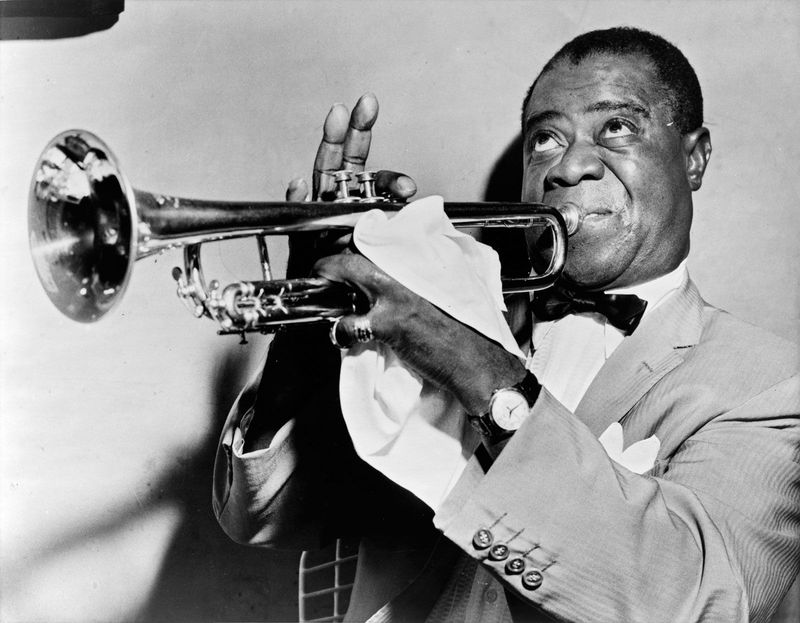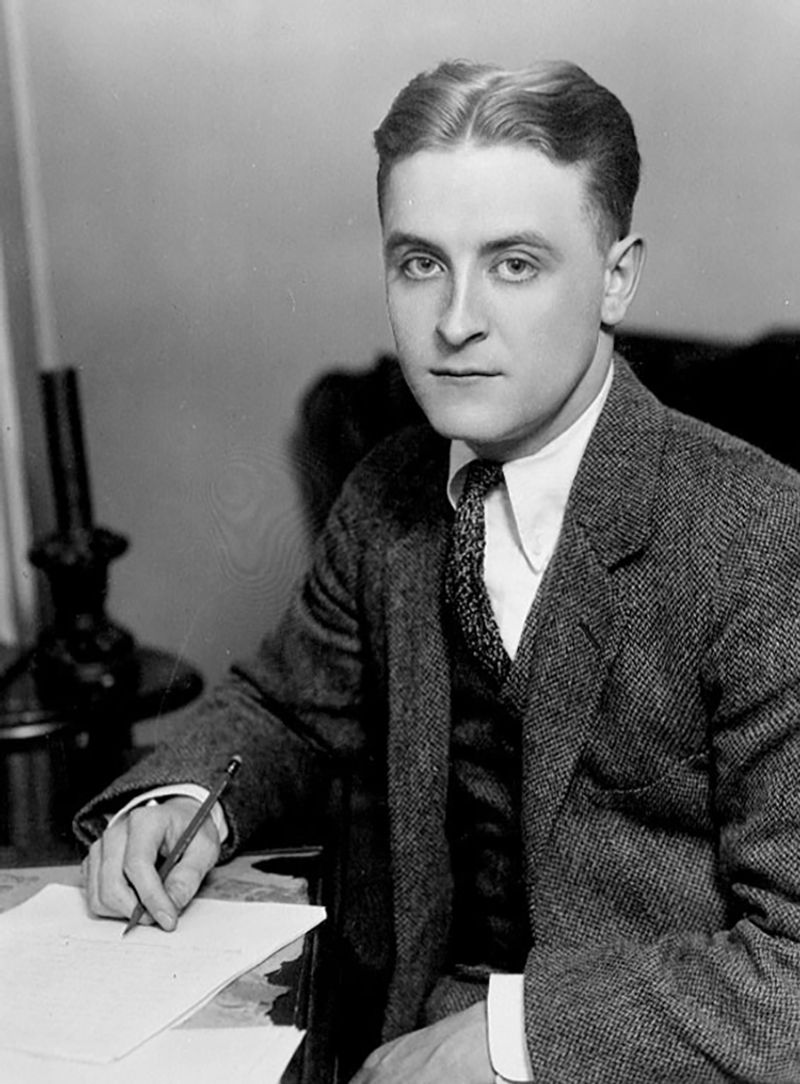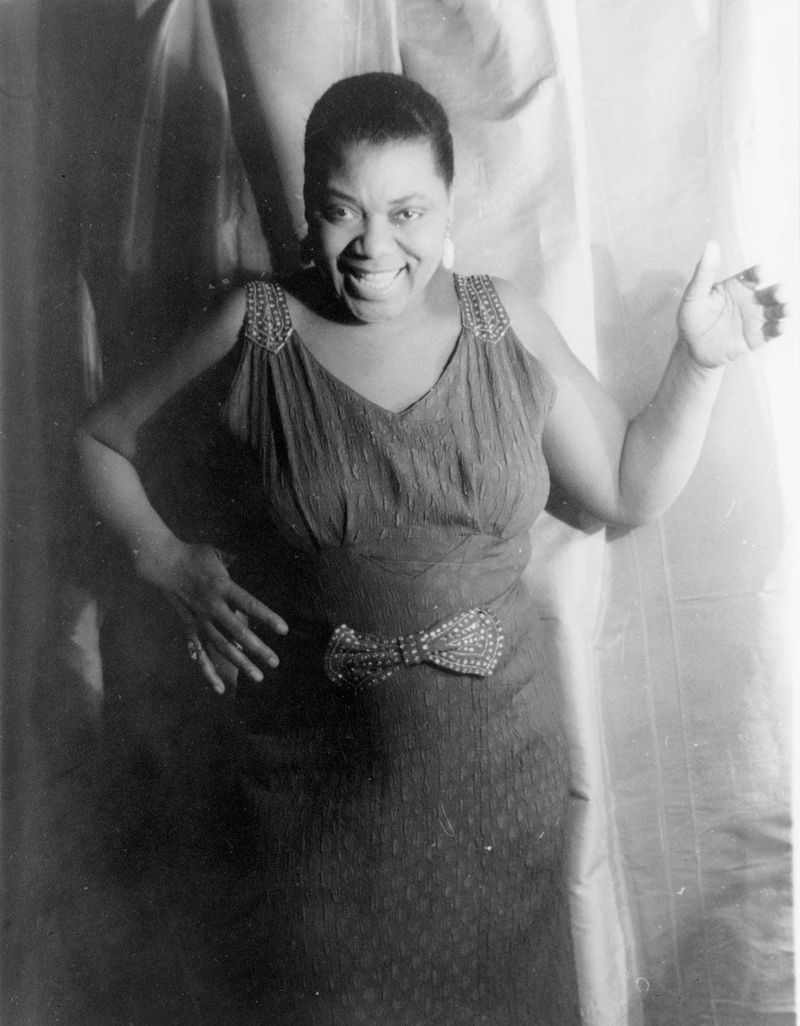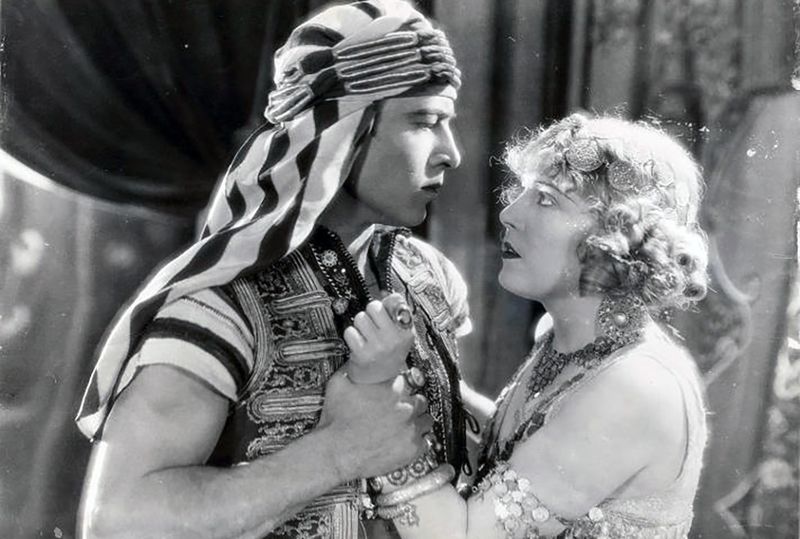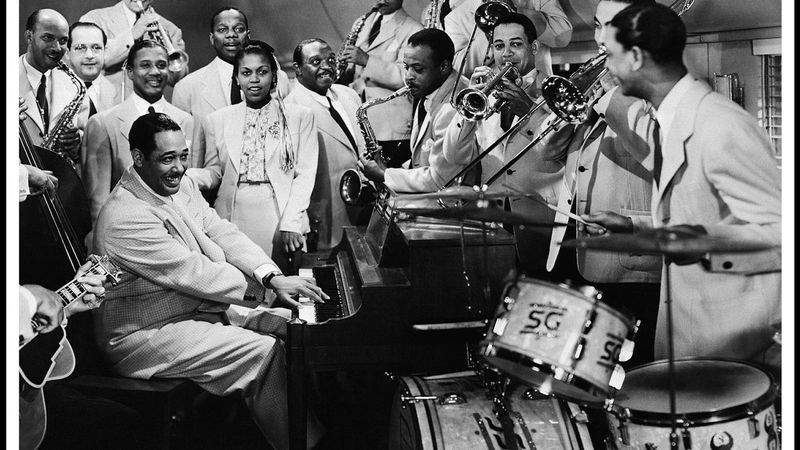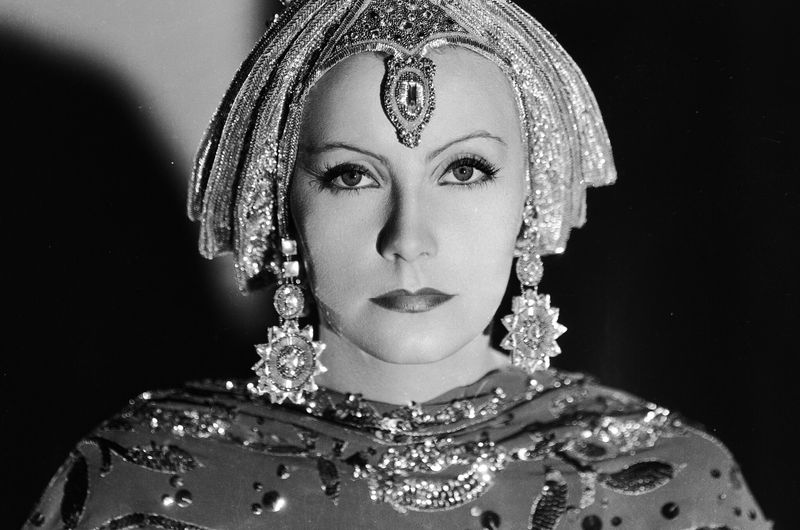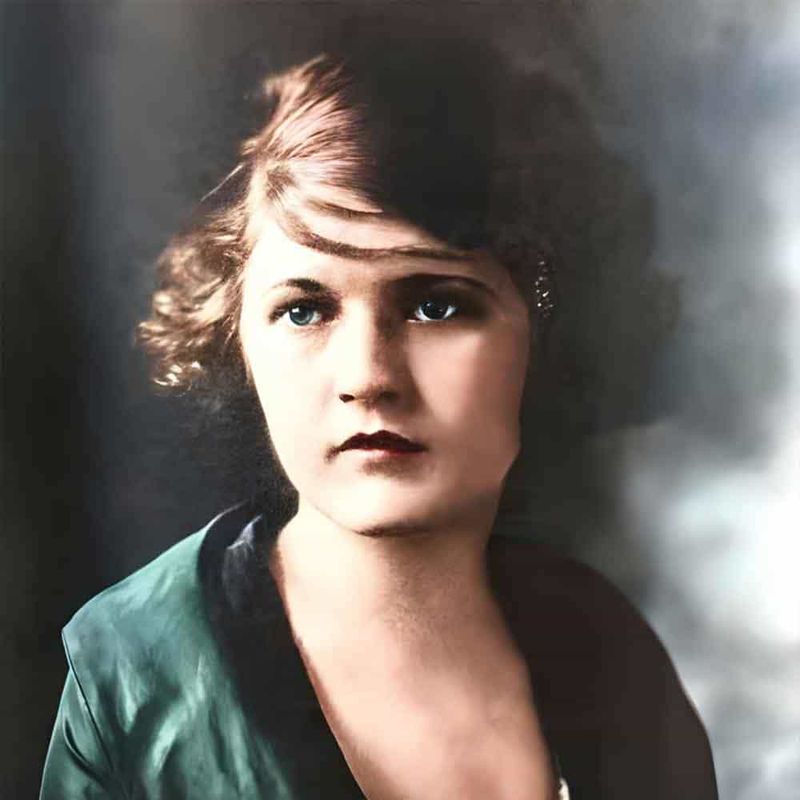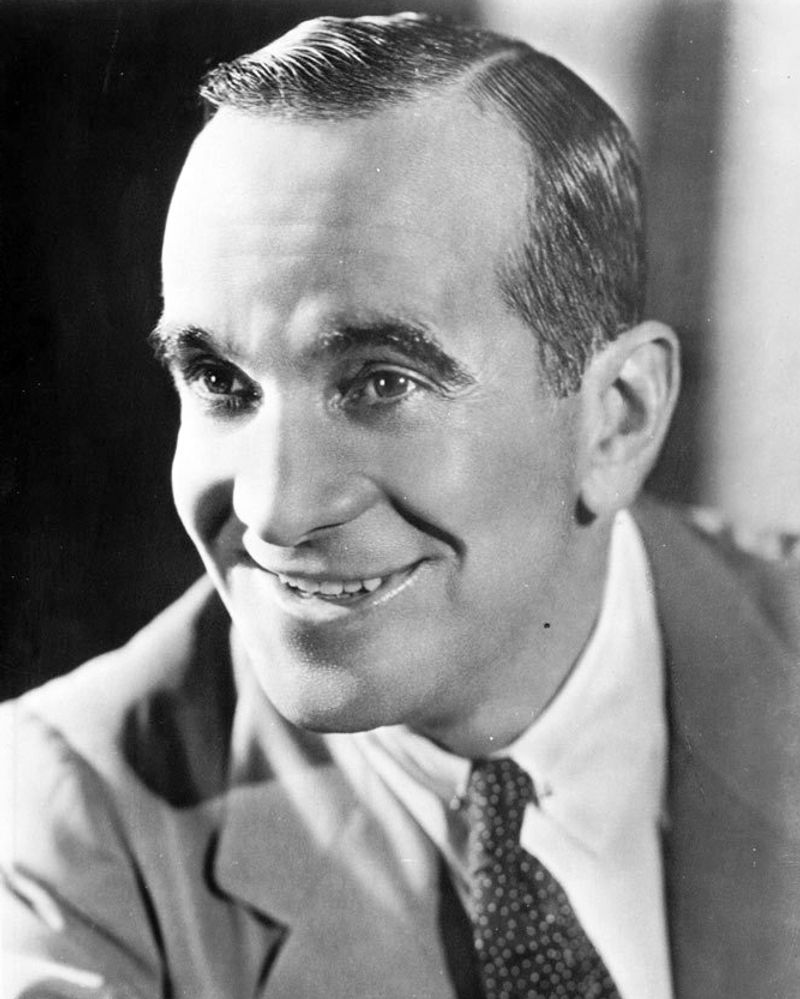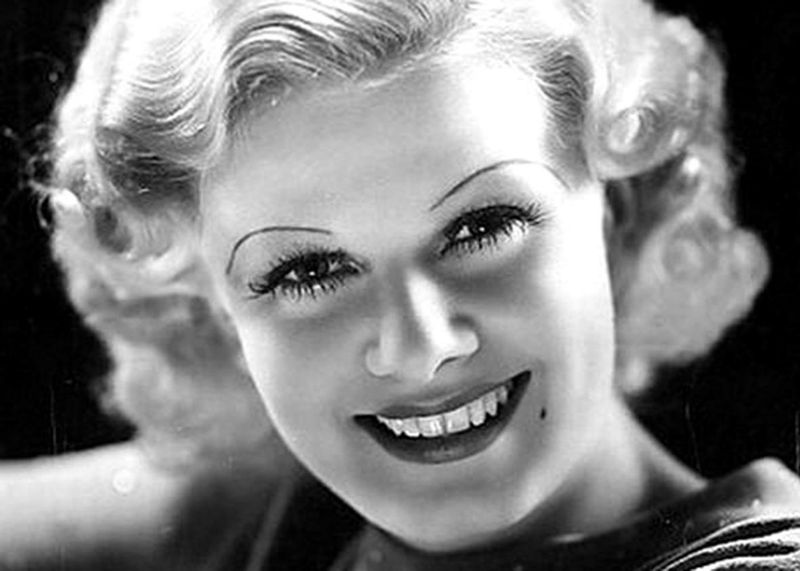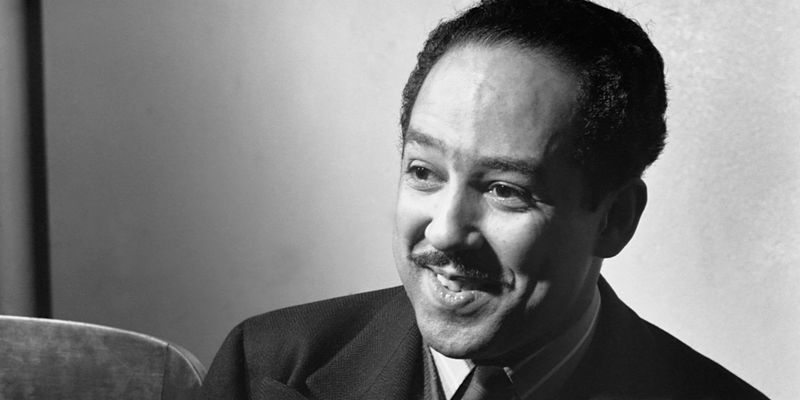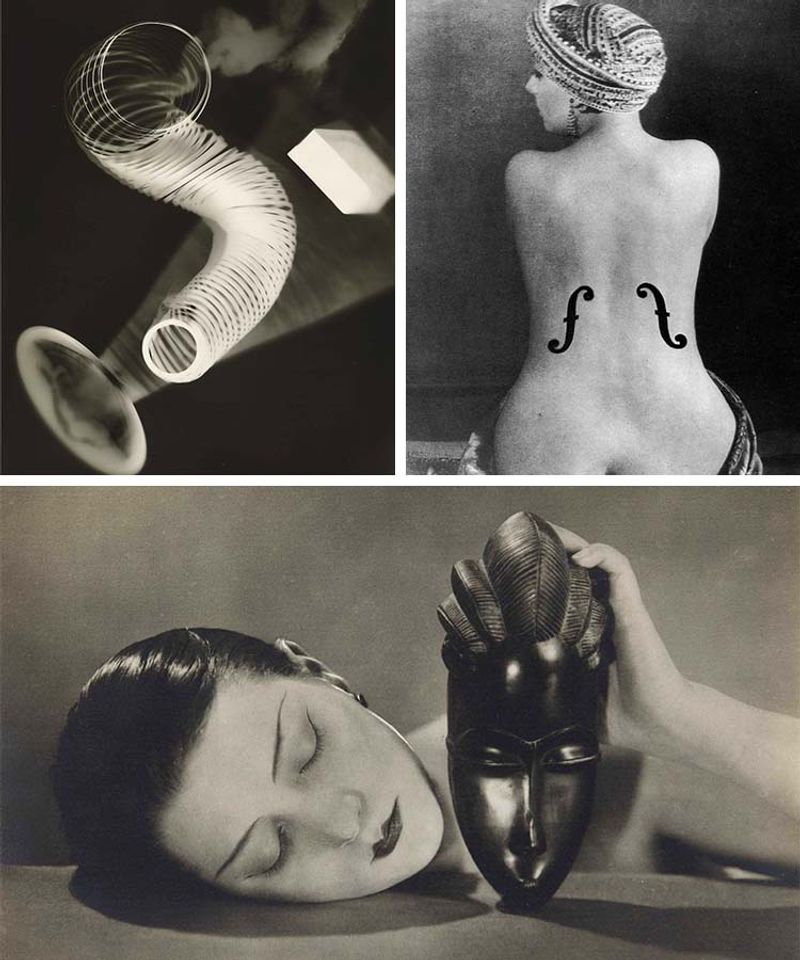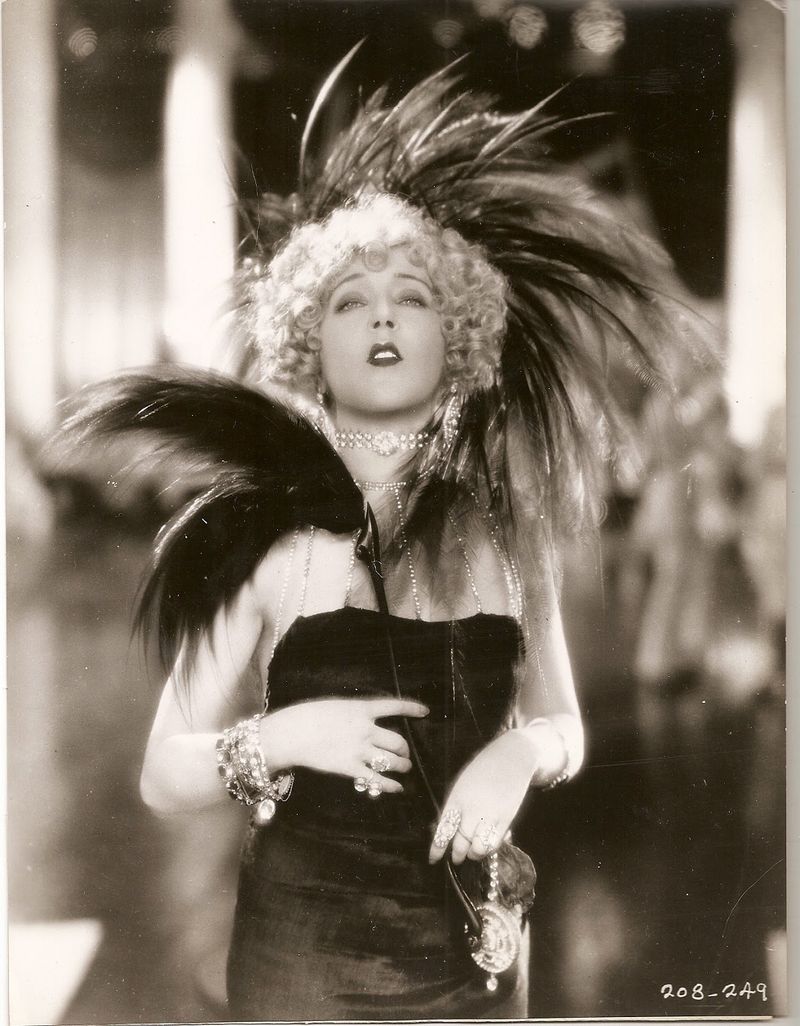The 1920s brought a golden era of celebrity that still dazzles us today. As America roared through prohibition, jazz clubs, and silent films, a new breed of star was born. These larger-than-life personalities didn’t just entertain—they transformed culture, challenged norms, and created legacies that have lasted a century. From dancers who scandalized society to writers who captured its soul, these 15 icons defined the spirit of an unforgettable decade.
1. Josephine Baker: The Banana-Skirted Revolutionary
Born poor in St. Louis, Josephine Baker conquered Paris with nothing but raw talent and unshakable nerve. Her 1925 performance in La Revue Nègre, wearing little more than a string of bananas, shocked and thrilled audiences in equal measure.
Beyond her boundary-breaking performances, Baker worked as a spy against the Nazis during WWII. She smuggled secret messages written in invisible ink on her sheet music!
The first Black woman to star in a major motion picture, Baker refused to perform for segregated audiences in America, making her not just an entertainer but a powerful voice for equality decades before the Civil Rights Movement.
2. Charlie Chaplin: The Little Tramp with Big Impact
A bowler hat, mustache, baggy pants, and bamboo cane – with these simple props, Charlie Chaplin created cinema’s most beloved character. His Little Tramp persona spoke volumes without saying a word, bringing laughter to millions during the silent film era.
Few know that Chaplin composed the music for many of his films despite having no formal musical training. He controlled every aspect of his productions, from writing to directing to editing.
By 1920, Chaplin had become the most recognized face on the planet. His films like ‘The Kid’ (1921) and ‘The Gold Rush’ (1925) masterfully blended comedy with social commentary, proving that entertainment could also carry profound messages.
3. Louis Armstrong: The Man Who Revolutionized Jazz
Raised in New Orleans’ poorest neighborhood, Louis Armstrong transformed American music with his golden trumpet and gravelly voice. Satchmo, as fans called him, didn’t just play notes – he bent them, stretched them, and made them dance in ways no one had imagined possible.
Armstrong’s 1920s Hot Five and Hot Seven recordings stand as jazz’s first great solo masterpieces. Before him, jazz was primarily dance music; after him, it became an art form centered on individual expression.
His wide grin and handkerchief became nearly as famous as his music. Yet behind the sunny persona was a revolutionary who integrated the bandstand long before integration was accepted elsewhere in American society.
4. Clara Bow: Hollywood’s Original It Girl
With flaming red hair and expressive eyes that could speak volumes on silent screens, Clara Bow embodied the rebellious spirit of the flapper era. Her 1927 film ‘It’ didn’t just make her famous – it created the very concept of the ‘It Girl’ that we still use today.
Growing up in poverty and abuse in Brooklyn, Bow’s rise to becoming Hollywood’s highest-paid actress was nothing short of miraculous. At her peak, she received over 45,000 fan letters each month!
Unlike the polished stars of later decades, Bow’s appeal came from her authenticity. She smacked gum between takes, spoke with her Brooklyn accent off-camera, and brought a natural sexuality to the screen that felt revolutionary.
5. F. Scott Fitzgerald: The Voice of the Jazz Age
While others danced through the Roaring Twenties, F. Scott Fitzgerald wrote its soundtrack. His 1925 masterpiece ‘The Great Gatsby’ captured the decade’s glittering surface and hollow core with prose that still feels electric today.
Fitzgerald coined the term ‘Jazz Age’ himself, living the extravagant lifestyle he chronicled. With his wife Zelda, he embodied the era’s wild spirit – drinking champagne from slippers at Plaza Hotel parties and diving into fountains fully clothed.
Success came early (he published ‘This Side of Paradise’ at just 23), but Fitzgerald’s understanding of fame’s emptiness gave his work a melancholy that transcended his time. His characters chase dreams that sparkle like champagne bubbles but pop just as quickly.
6. Bessie Smith: The Empress of Blues
When Bessie Smith sang about heartbreak, even the walls seemed to weep. Her powerful voice, forged in the streets of Chattanooga where she performed as a child, carried the raw emotion of the blues to mainstream America during the 1920s.
Columbia Records took a chance on Smith in 1923, and her first record ‘Downhearted Blues’ sold an astonishing 780,000 copies in six months. That success made her the highest-paid Black entertainer of her time, traveling in her own custom railroad car.
Smith performed with a fearless authenticity, singing about poverty, discrimination, and troubled love with unflinching honesty. Her influence echoes through every blues and rock artist who followed, from Billie Holiday to Janis Joplin.
7. Rudolph Valentino: The Silver Screen’s First Sex Symbol
With smoldering eyes and exotic appeal, Rudolph Valentino transformed male sexuality on screen. His performance in ‘The Sheik’ (1921) created such hysteria that women reportedly fainted in theaters during his love scenes.
Before fame struck, Valentino worked as a taxi dancer in New York, charging ten cents per dance with lonely women. This experience gave him the smooth moves that later enchanted millions on screen.
Valentino’s sudden death at 31 triggered unprecedented public mourning – 100,000 people rioted at his funeral viewing in New York. Several heartbroken female fans reportedly committed suicide, cementing his legacy as cinema’s first great romantic idol and proving the new power of celebrity in the media age.
8. Duke Ellington: The Aristocrat of Jazz
Elegant in white tie and tails, Edward ‘Duke’ Ellington brought sophistication to jazz that elevated it from entertainment to high art. His orchestra’s residency at Harlem’s Cotton Club throughout the late 1920s became the soundtrack to the neighborhood’s renaissance.
Unlike many bandleaders, Ellington composed specifically for the individual musicians in his orchestra, treating them like colors on a palette. He called his approach ‘American music’ rather than jazz, refusing to be limited by categories.
A piano prodigy who turned down an art scholarship, Ellington brought visual thinking to music. His compositions like ‘Mood Indigo’ painted with sound, creating rich textures and harmonies that broke new ground while remaining instantly accessible.
9. Greta Garbo: The Divine Mystery
From Swedish shopgirl to Hollywood goddess, Greta Garbo captivated audiences not just with her beauty but with something more elusive – an inner life that seemed to exist beyond the camera. Her luminous face conveyed depths that silent films couldn’t articulate with words.
MGM marketed her as the mysterious foreigner, building her mystique with every publicity photo. The studio’s famous slogan for her was simply: ‘Garbo Talks!’ when she successfully transitioned to sound films.
Fiercely private, Garbo walked away from Hollywood at the height of her fame, at just 36. Her famous line ‘I want to be alone’ from ‘Grand Hotel’ seemed to predict her future, as she spent the remaining five decades of her life avoiding the spotlight she once dominated.
10. Zelda Fitzgerald: The Original Flapper
Wild, witty, and utterly original, Zelda Sayre Fitzgerald wasn’t content to be just a famous man’s wife. The Alabama belle scandalized society by dancing on tabletops, diving fully clothed into fountains, and riding on the roofs of taxis through Times Square.
F. Scott Fitzgerald called her ‘the first American flapper’ and borrowed liberally from her diaries and letters for his female characters. ‘Plagiarized’ was Zelda’s word for it, as she fought to establish her own creative identity through painting, dancing, and writing.
Her 1922 review of her husband’s book began: ‘To begin with, every one must buy this book for the following aesthetic reasons: First, because I know where there is the cutest purple hat…’. Such irreverence made her the perfect symbol of women’s new freedom.
11. Al Jolson: The Man Who Changed Movies Forever
‘Wait a minute, wait a minute, you ain’t heard nothin’ yet!’ With these words in 1927’s ‘The Jazz Singer,’ Al Jolson ushered in the era of talking pictures and changed entertainment forever. The film wasn’t the first to feature sound, but Jolson’s electrifying personality made audiences realize what they’d been missing.
Born Asa Yoelson to Jewish immigrants, Jolson became America’s highest-paid entertainer in the 1920s through his dynamic stage presence. His signature move was performing on one knee with arms outstretched, creating an intimate connection with audiences in massive theaters.
Controversial today for his blackface performances, Jolson was paradoxically progressive for his time, promoting Black artists and fighting against discrimination in the entertainment industry.
12. Jean Harlow: The Bombshell Who Changed Beauty Standards
With platinum blonde hair that seemed to glow from within and a laugh that bubbled like champagne, Jean Harlow redefined feminine sexuality for the screen. Though her major fame came in the early 1930s, Harlow began her ascent in the late 1920s, bridging the gap between silent film innocents and talking picture vamps.
Women across America bleached their hair to achieve her signature look, despite Harlow’s warnings about the weekly peroxide treatments that left her own scalp burned and painful. Beauty, as always, demanded sacrifice.
Unlike the demure stars before her, Harlow brought a working-class sensibility to glamour. Her characters chewed gum, spoke slang, and approached sex with straightforward humor that felt revolutionary.
13. Langston Hughes: The Poet of Harlem
‘I, too, sing America,’ wrote Langston Hughes, giving voice to the Black experience during the cultural explosion known as the Harlem Renaissance. His breakthrough poem ‘The Negro Speaks of Rivers’ was published when he was just 19, announcing a major talent who would define the literary movement.
Hughes captured the rhythms of jazz and blues in his poetry, creating a new American literary form. Unlike some contemporaries, he wrote in the language of everyday people rather than formal English, believing art should be accessible to all.
Working as a busboy at Washington D.C.’s Wardman Park Hotel, Hughes slipped three poems beside the plate of poet Vachel Lindsay. The next day, newspapers announced: ‘Busboy Poet Discovered!’ – launching a literary career that would change American letters forever.
14. Man Ray: The Artist Who Captured Modernism
With a camera as his weapon, Man Ray declared war on conventional art. Born Emmanuel Radnitzky in Philadelphia, he reinvented himself in 1920s Paris, becoming a central figure in both Dada and Surrealist movements through photographs that turned reality inside out.
His accidental discovery of ‘Rayographs’ – placing objects directly on photographic paper – created ghostly images that seemed to capture the spirit rather than the surface of things. Fashion photography was forever changed by his experimental techniques.
Man Ray’s portraits of cultural figures like Ernest Hemingway, Gertrude Stein, and Salvador Dalí didn’t just document the era’s creative giants – they interpreted them through his unique vision. His photograph of Kiki de Montparnasse’s back transformed into a violin remains one of the century’s most recognized images.
15. Mae Murray: The Girl with the Bee-Stung Lips
Mae Murray danced her way from the Ziegfeld Follies to silent film stardom with a combination of talent and sheer willpower. Her distinctive heart-shaped face and pouty lips (which she emphasized with makeup) earned her the nickname ‘The Girl with the Bee-Stung Lips’ long before cosmetic procedures made such features common.
Murray’s 1922 film ‘Fascination’ featured a scandalous scene where she performed a tango in a revealing costume, shocking audiences but cementing her status as a box office draw. She designed many of her own elaborate costumes, understanding the power of visual branding.
Famous for her temperamental behavior, Murray once declared, ‘Once a star, always a star!’ Unfortunately, her resistance to sound films and financial mismanagement led to a tragic fall from fame that echoed her most famous role in ‘The Merry Widow.’
